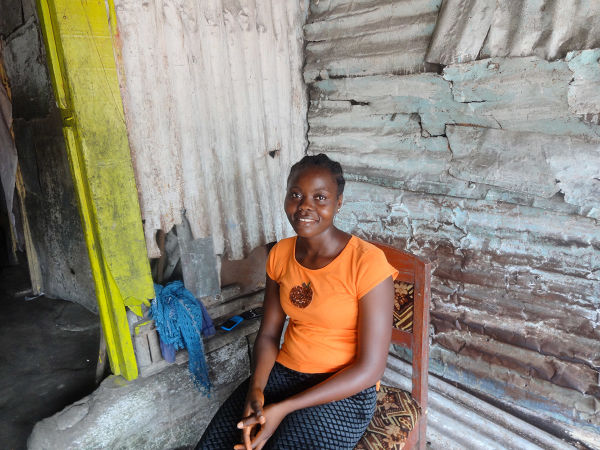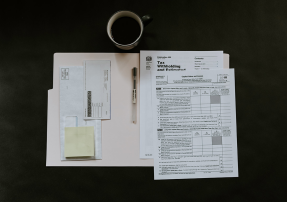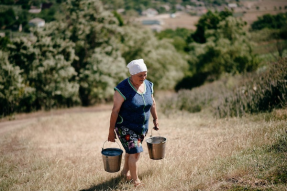Kiva is a global non-profit organization working to bring financial inclusion to all by crowdfunding microloans, unlocking capital, and addressing the underlying barriers to financial access around the world. An estimated 1.4 billion people on the planet are considered “unbanked” for various reasons, including:
Not enough money to meet minimum deposit requirements
Lack of trust in traditional banks
Inappropriate forms of I.D.
Socioeconomic factors like gender inequality, wealth inequality or lack of education
Systemic or structural factors like unstable governments, conflicts, refugee status, or racism
Kiva aims to address this by helping individuals access loans through our microlending site, while simultaneously working to change the systemic issues that cause this lack of access in the first place.
What is Kiva’s approach to microfinancing?
Kiva’s main vehicle for supporting financially-excluded individuals is through microlending. Kiva microloans work by bringing together borrowers and lenders through our website. Lenders can contribute as little as $25 or $5/month to loans that have an impact on causes that matter to them. When the borrower repays the loan, the lender can choose to lend again and again to more borrowers—meaning each loan has the potential for exponential impact. We work with over 290 microfinance institutions (MFIs) in 77 different countries to distribute the loans fundraised on Kiva.org to borrowers on the ground. To create the most impact, we partner exclusively with Lending Partners who share Kiva’s social mission and have a strong commitment to serving the needs of poor, vulnerable and/or excluded populations. We perform rigorous due diligence and monitor these partners carefully to ensure that they offer reasonable repayment terms and that Kiva borrowers are in a position to repay their loans.
How does Kiva make money?
We cover our operating costs through grants and donations from foundations, corporations, and Kiva lenders who choose to give directly to our organization.
Additionally, a select number of our Lending Partners contribute small fees to use our platform as we continue to bring innovation and accessibility to create a more financially-inclusive world.
What is a Kiva loan?
A Kiva loan begins with the borrower. A borrower applies for a loan on Kiva.org through their local Lending Partner, who uploads the details of the loan through the system. A worldwide network of volunteers ensures that these details are properly edited and translated before it goes live. Then the loan is ready for our millions of lenders to browse and fund. Once an international loan is funded, the Lending Partner then deploys the money and collects repayments. In the U.S., borrowers are funded directly through Kiva and make payments directly to the organization. There are all kinds of Kiva loans—each as unique as the individual borrower. Most Kiva loans fall into the following categories:
You can also search Kiva loans by country, or add filters to dial into the causes that matter most to you.
What does Kiva stand for?
There are two ways to answer this question! 1. “Kiva” means “unity” in Swahili. In 2005, Matt Flannery and Jessica Jackley chose to name their microfinance organization Kiva, for the name’s inclusive connotations. It also represents the connection that is facilitated between people all over the world. 2. Kiva, as an organization, stands for a financially-inclusive world where all people hold the power to improve their lives. Since 2005, Kiva has lent over USD$1.7B to 4.3 million borrowers in 94 countries. We also work to help administer financial access and support through several complementary channels, including:
Kiva Capital, focusing on scalable, impact-first investment
Kiva Labs, innovating solutions to expand financial services
By diversifying our approaches to financial inclusion, we’re working to address the barriers that prevent people from achieving full financial agency.
Is Kiva a legitimate organization?
Yes! With over 15 years of success and a "Platinum Transparency" rating on Candid's Guidestar (the highest possible), Kiva is a legitimate non-profit organization. We are also proud of our "Top-Rated Nonprofit" status on Great Nonprofits. Understandably, people want to know that Kiva is a good organization. We put our mission of financial inclusion for all into practice by lending money to individuals so they can improve their lives through credit, savings, and financial enterprise. Over the decades we have helped administer almost 2 million loans totaling more than USD $1.6 billion to entrepreneurs, students, and community organizations. At Kiva, we want to make sure we link up with good partners as well. All of the MFIs we partner with are subjected to our own rigorous vetting process. This allows us to detect business strategies that can lead to predatory lending. Kiva only partners with MFIs that share our mission to bring financial services to the unbanked and economically underserved.
What is Kiva used for?
Kiva borrowers use the Kiva platform to access loans for all types of enterprises in every region of the globe. Kiva loans can be used for anything from buying a new farm truck to funding someone’s education, with so many possibilities in between. For example:
In Rwanda, Thacienne used her loan to earn her university degree and start a poultry business
Loans used for purchasing clean cookstoves help decrease household air pollution in Cambodia
With a loan used for stocking a new business, Kiva helped Saffa, a Syrian refugee, start over
While the ways Kiva loans are used vary from borrower to borrower, the impact remains the same: Expanding access to financial services and improving lives.
Does microfinance work?
Kiva loans, and microfinance in general, also work towards solutions on a larger scale. On a global level, microfinance can:
Promote better health and education.
According to research conducted by the U.N., families who utilize microfinance are less likely to pull their children from school for economic reasons and have more resources available to pay for healthcare.
Help close the gender gap.
Over 80 percent of Kiva microloans go to women to fund businesses, enterprises and education in countries where cultural and social norms do not support gender equality.
Provide a sustainable source to help low-income populations.
While charitable giving can be a way to help those with financial difficulties, it requires a constantly replenished pool of financial resources. Microlending through Kiva provides a sustainable flow of cash that can be lent over and over again to additional individuals once it has been repaid.
It’s important to note that not all microfinance works in the same way. The impact depends on:
the type of microloan product and service
ensuring that the product and service is right for the borrower, based on their financial health
ensuring that clients are protected
Kiva strives to focus on the kind of loans that have the highest positive impact on a borrower's life. Often our partners offer unique loan products that include business training or mentorship alongside the loan.
Does Kiva actually work?
"My life has improved after I took the loan. I was able to rely on myself again, and return to complete my studies, and help my family with living expenses"
Yes, Kiva actually works! Kiva microloans are repaid at 96.4 percent, an extremely healthy rate on par with traditional banking standards. Not only does this demonstrate that Kiva borrowers are able to manage their loans, it means those funds can be lent again and again to other borrowers. But don’t take our word for it; we look to the borrowers themselves to measure our impact. Studies conducted by our Lending Partners show that rural farmers in East Africa who received microloans through the One Acre Fund increased their incomes 40-50 percent compared to a control group. Another independent study showed that 92 percent of borrowers who responded to researchers reported they earned more money after engaging with Kiva Lending Partner BRAC.
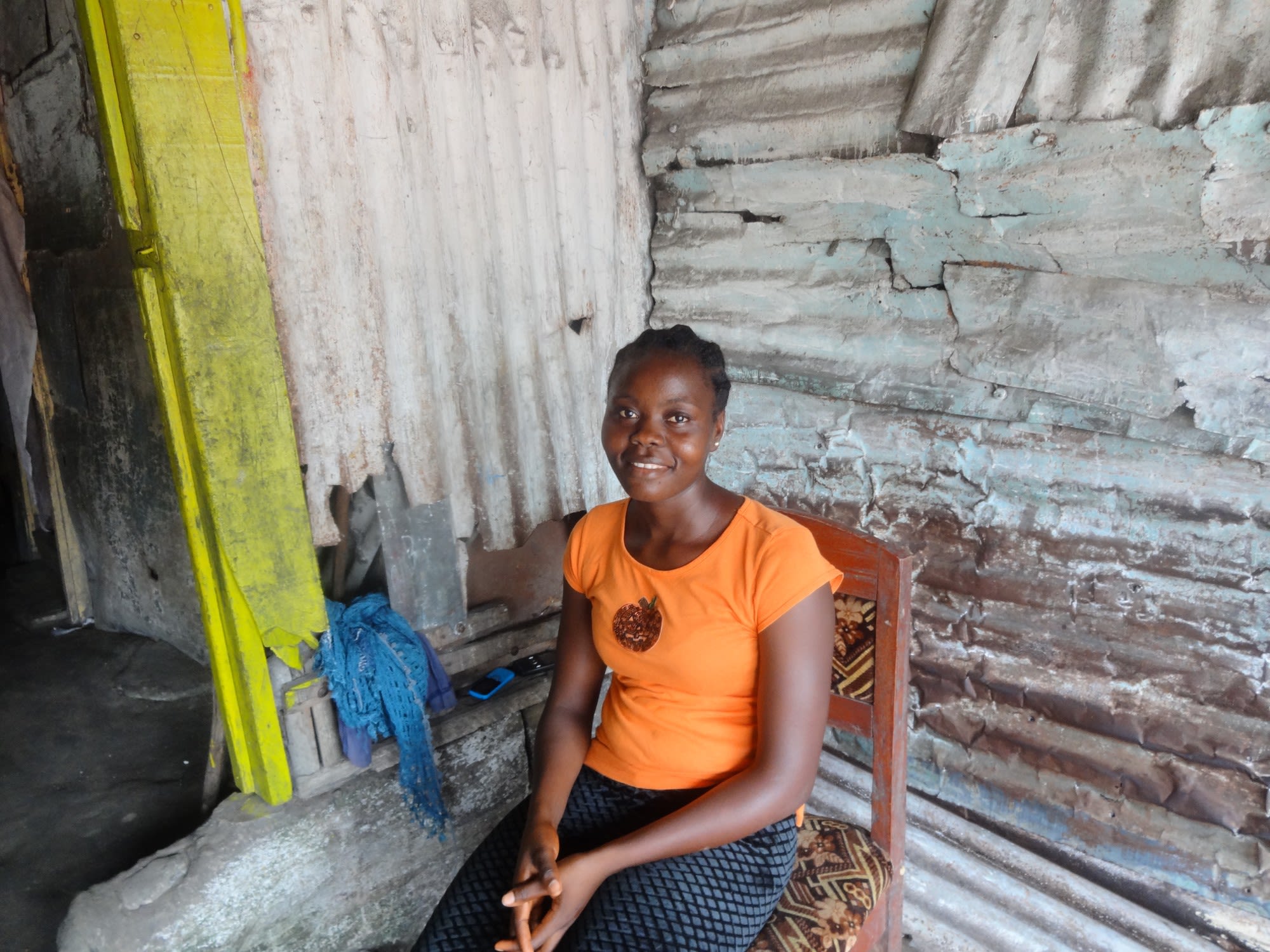
SATTA, AN ENTREPRENEUR FROM LIBERIA, WAS ABLE TO STOCK MORE FOOD TO SELL IN HER STORE WITH HER KIVA LOAN.
We hear all the time how Kiva loans have a positive impact from people like Malik, a student who runs a cafe in the West Bank: "My life has improved after I took the loan. I was able to rely on myself again, and return to complete my studies, and help my family with living expenses," he says. Kiva loans also helped soften the dire economic fallout from COVID-19, allowing people like Feride to keep her grocery store open in Turkey. "Everyone struggled when the pandemic began. We faced hardships and applied for this microcredit,” she recalls. “It eased our struggle, thankfully."
What is the purpose of Kiva?
At Kiva, our purpose is to realize the vision of financial inclusion for everyone, regardless of their gender, location, or economic circumstances. We believe that with the power of thousands of lenders we are creating a sustainable force of economic and social good. Lending with purpose on Kiva feeds a partnership of mutual dignity, one where borrowers can exercise agency over their own financial future. It’s not just about the money—it’s about the connections it creates and the lasting impact it has on people and communities. Every dollar lent on Kiva has the potential to have huge impact. Fund one loan, get repaid, fund another, and another, and another.
Donate to Kiva to help fund the dreams of thousands.
Who can get a Kiva loan?
Kiva borrowers come from countries around the world, from Albania to Honduras to Uganda. They work in all kinds of fields—people who receive Kiva loans are farmers, artisans, students, and entrepreneurs. They are men and women who come from so many types of ethnicities and religions. What they all have in common is a desire to improve their lives.
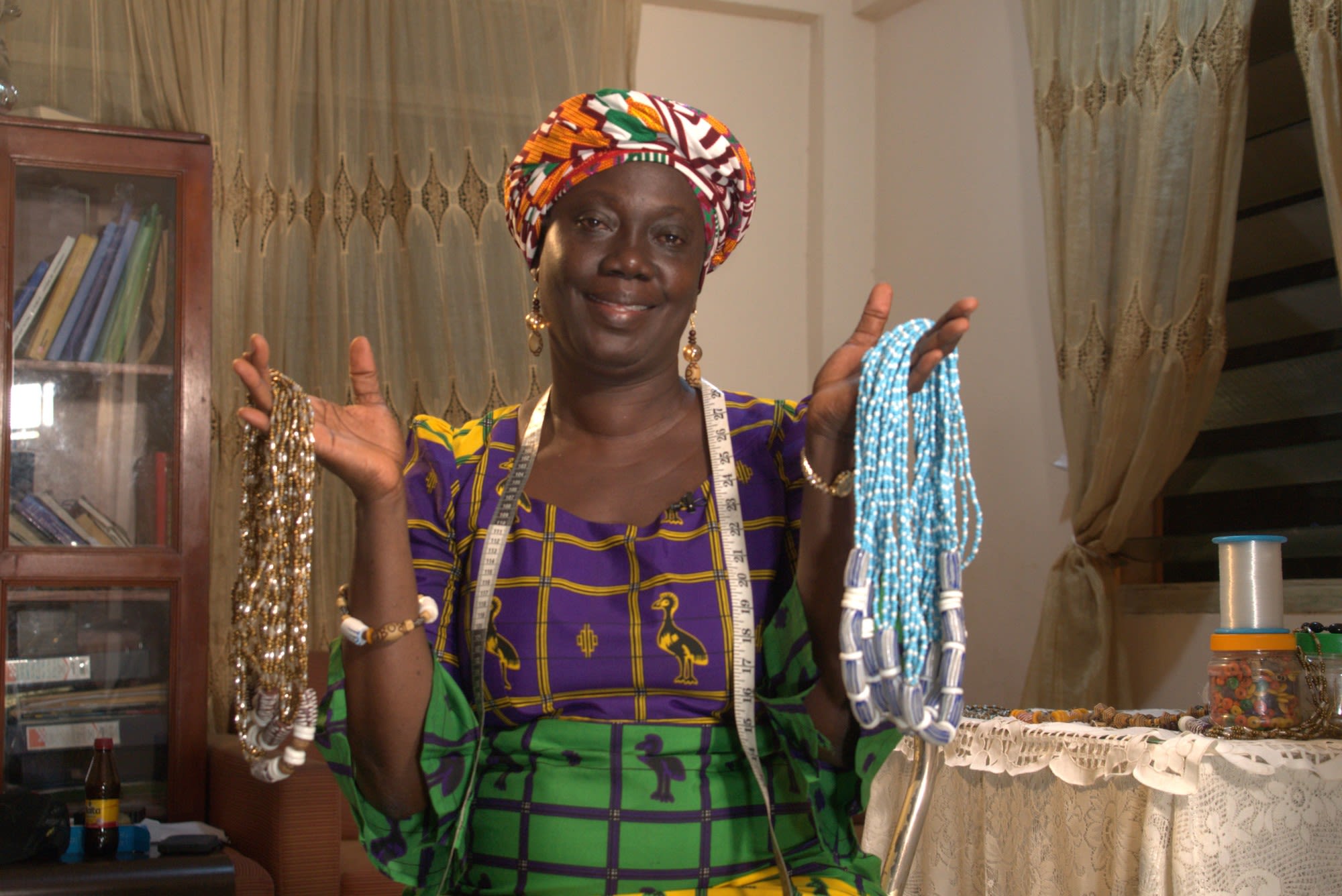
WITH A KIVA LOAN, ARTISANS LIKE CATHERINE ARE ABLE TO BUY BEADS AND OTHER RAW MATERIALS IN BULK TO SAVE ON MATERIAL COSTS.
It may seem like Kiva mostly funds loans in developing countries, but Kiva also works with borrowers in the U.S., providing 0% interest loans that are funded directly by lenders. Find out more at our borrower portal. Small businesses and social enterprises can also get a Kiva loan through our Labs program. Kiva lenders also come from all walks of life. Their shared purpose is to connect with others, make an impact, and create a more inclusive world.
Can you make money on Kiva?
No. While individual lenders are repaid the money they contribute to a borrower’s loan, they do not receive any additional interest on the loan. It is a philanthropic effort, though the potential to relend after a loan has been repaid has far more impact than a donation. While you cannot make money on Kiva, you earn the satisfaction of helping others while being paid back in full. However, there is more to the answer. Kiva Capital has taken Kiva’s individual lending model to a much larger scale by building a network of institutional investors focused on impact investing—a financial strategy that focuses on investment returns while creating positive social and/or environmental impact. Also known as “socially-responsible investing,” impact investing can grow your initial investment while serving the greater good.
Are Kiva loans tax deductible?
While loans made on the Kiva website are not considered tax-deductible, donations to our organization most certainly are. Kiva is a 501(c)(3) nonprofit organization registered in the state of California, and all donations towards it are considered tax-deductible contributions in the United States. A donation to Kiva is different from the loans made on Kiva.org. A hundred percent of those loans go to their borrowers, and we rely on optional donations by our lenders to build and maintain the complex technical infrastructure required to fund loans to underbanked people across the globe.
We're here to help
Do you have more questions about Kiva and the way it works? We have more answers on our Help page, or please contact us directly. We look forward to hearing from you!

